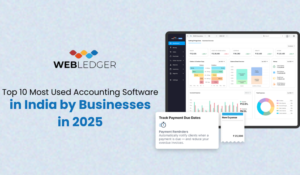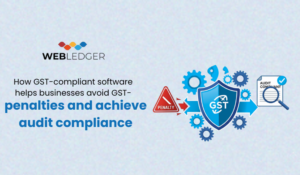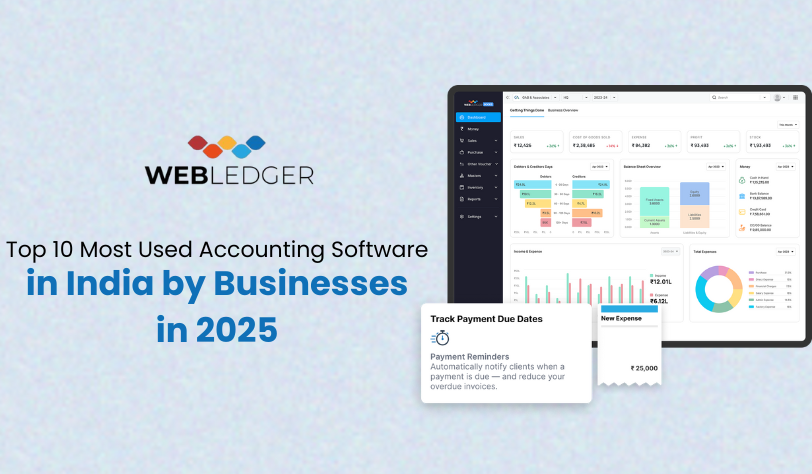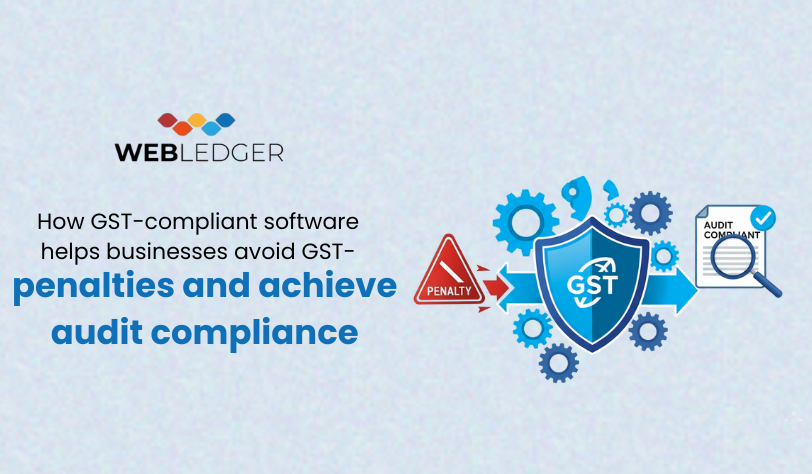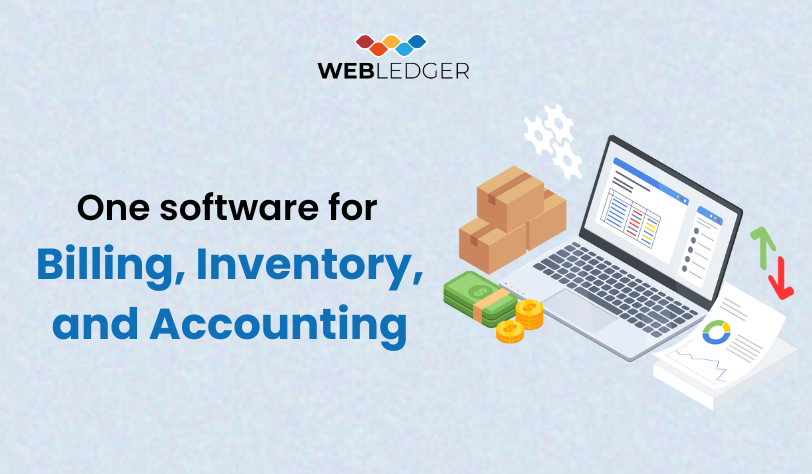Two organizations. Two aspirational leadership teams. Two driven personnel. Two promising offerings. Yet, somehow, one enterprise prospers while the other struggles to stay afloat. What differentiates the pair? Three words: smart financial planning.
Whether you’re a first-time founder or preparing your small business for rapid scaling, managing finances proficiently extends far beyond merely balancing the books. It entails strategizing, supervising, automating, and making calculated choices that maximize efficiency and profitability. Here’s a streamlined, pragmatic guide to small business finance tips that will help proprietors flourish in 2025.
1. Budget and Track Expenditures
The timeless adage, “Failing to plan is planning to fail,” has never been more pertinent. A comprehensive budget acts as a roadmap for commercial expansion. Begin by charting projected income against anticipated costs, then monitor actual figures consistently. This comparison facilitates precise forecasting and highlights areas for enhancement.
Pros of Flexible Budgeting:
- Permits adjustments to unforeseen market fluctuations
- Facilitates pursuing new prospects and mitigating risks
- Accounts for unplanned expenditures
- Provides improved cost regulation
Cons of Flexible Budgeting:
- Necessitates frequent oversight
- Shorter strategic horizons
- May diminish adherence to the initial budget
Practical Tip: A well-constructed budget isn’t solely for internal use—it’s often the first item a banker, investor, or valuation specialist will request.
2. Monitor Cash Flow Meticulously
Cash flow is the lifeblood of any enterprise. According to a recent study, over 60% of small ventures collapse due to poor cash flow management. Whether you utilize accounting software or a basic spreadsheet, tracking inflows and outflows is crucial. Categorize cash movements into operating, investing, and financing activities to comprehend your company’s fiscal well-being.
Use Case: Envision a retail startup selling across multiple marketplaces. By maintaining a cash flow statement updated monthly, the founders could pinpoint slow-moving inventory and reallocate capital to high-demand products, avoiding liquidity shortages.
For businesses eyeing expansion, understanding cash flow is also vital when evaluating options like retail loans, as it determines borrowing capacity and repayment potential.
3. Reduce Liabilities Strategically
Borrowing can accelerate expansion, yet excessive debt is perilous. Intelligent methods to manage obligations include:
- Eliminating redundant costs (unused equipment, surplus staff)
- Incentivizing prompt customer payments through early settlement offers
- Negotiating deferred payments or discounts with suppliers
- Consolidating loans to reduce monthly obligations
Fact: Organizations with manageable debt ratios often outperform highly leveraged competitors by 35% in net profitability. For many Indian businesses, structuring repayments on retail loans thoughtfully ensures growth without undermining cash flow.
4. Invest in Technology
The SaaS revolution has democratized access to enterprise-grade solutions. Even small ventures can now harness sophisticated tools for accounting, marketing, and operations. One domain delivering immediate impact is financial planning software. By integrating sales, expenditures, and budgets, these platforms reduce errors, enhance transparency, and free time for strategic decision-making.
Practical Example: A mid-sized retail enterprise using financial planning software could reconcile thousands of transactions automatically, saving over 20 hours per month compared to manual processing.
5. Go Paperless to Minimize Clutter
Transitioning to digital records offers tangible advantages:
- Faster retrieval of financial documents
- Simplified audits and tax preparation
- Reduced physical storage expenditure
- Enhanced environmental sustainability
Fact: Over 75% of small ventures adopting cloud-based accounting tools reported significant reductions in administrative hours within the first six months. Coupling these tools with financial planning software ensures holistic oversight across departments.
6. Automate Bill Settlements
Manual invoice management is tedious and prone to mistakes. Automating payments prevents late charges and enables staff to concentrate on growth-centric initiatives. Accounts payable automation facilitates quicker approvals, higher accuracy, and mitigates fraud risks.
Practical Use Case: A service-oriented enterprise automated recurring supplier payments using software, saving over 15 hours per month and ensuring all vendor obligations were timely.
7. Safeguard Personal Assets
For sole proprietors, personal property is vulnerable in case of business disputes. Selecting an appropriate legal structure—LLC, S corporation, or C corporation—can shield personal finances while offering taxation advantages.
8. Separate Business and Personal Funds
Maintaining distinct personal and enterprise accounts simplifies tax reporting, protects individual liability, and ensures clearer financial assessment. Numerous startups in India leverage retail loans to finance expansion while keeping personal finances insulated.
9. Preserve Work-Life Balance
Entrepreneurship can be draining. Overburdened owners and staff are susceptible to burnout, adversely affecting efficiency. Establishing boundaries, scheduling downtime, and accommodating multigenerational workforce requirements are essential for sustainable success.
Fact: Firms promoting balanced work-life dynamics report 21% higher employee retention rates.
10. Allocate for Retirement
Small business proprietors should set aside at least 15% of pretax earnings for retirement. Tax-efficient schemes such as SEP-IRAs are suitable for self-employed individuals and assist in attracting talent by providing long-term incentives.
Leveraging Smart Software for Small Business Growth
Thriving in 2025 requires merging small business finance tips with cutting-edge technology. Financial planning software like WebLedger empowers enterprises to:
- Monitor revenue, expenditures, and inventory in real time
- Automate reconciliations, GST adherence, and tax filings
- Generate actionable reports for informed decision-making
- Manage cash flow, budgeting, and profitability proficiently
Firms utilizing financial planning software also make optimized use of retail loans, borrowing wisely while avoiding unnecessary fiscal strain.
Conclusion: Choose WebLedger for Smarter Financial Management
In 2025’s fast-changing financial ecosystem, small businesses need more than just basic bookkeeping — they need smart automation and strategic financial planning. WebLedger empowers business owners to manage cash flow efficiently, apply intelligent financial planning tools, and make data-driven decisions that drive growth. It also simplifies the work of CAs and loan consultants, helping them easily access and analyze client data to manage retail loans for small businesses with accuracy and speed.
For small enterprises in India aiming for sustainable growth, WebLedger isn’t merely a utility—it’s a competitive edge that simplifies operations, safeguards finances, and accelerates expansion.



